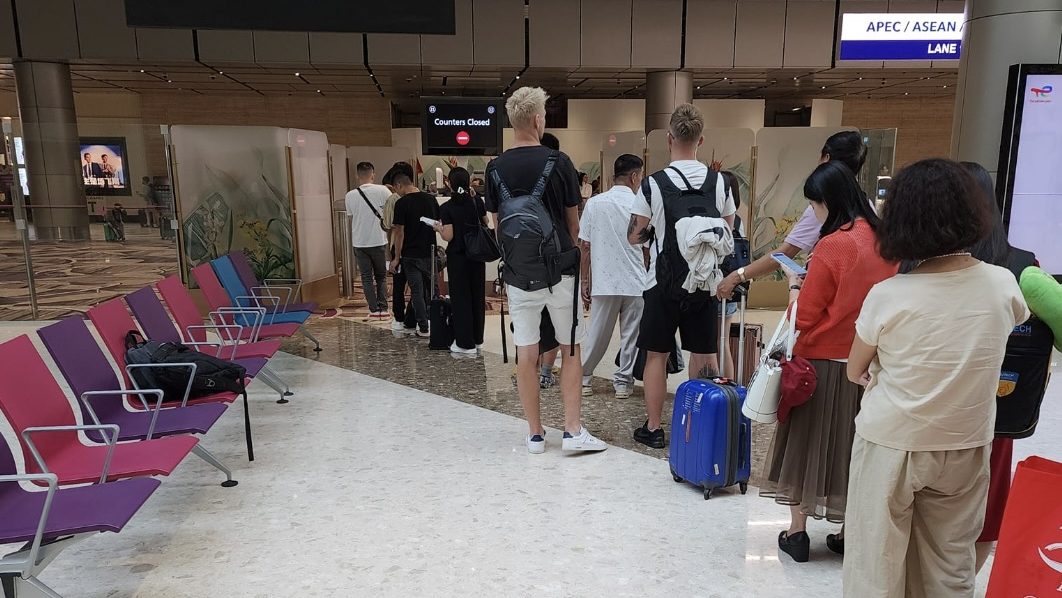SINGAPORE: Tay Kheng Soon, one of Singapore’s well-known architects, had an unhappy experience at Terminal 4 of Changi Airport recently, calling a long queue “disgusting!”
In a Facebook post on July 16 (Wednesday), Mr Tay wrote that the thumbprint machine had been unable to read his thumbprint.
This meant he had to line up at the manual check-out counter, which he wrote was unfortunately manned by only one personnel.
“What kind of nonsense this? It is bad for Singapore’s reputation of efficiency. This is T4. It is disgusting!” he wrote, adding a photo of the long queue.

In another post, he wrote, “Haha T4 changi better than Penang! 1.5 hours to check me in! Wow!!”

Furthermore, he wrote in another one that the facial recognition machine could not read his face and thumbprint and that he was asked to move to yet another method of going through immigration.
“What next!!??” he wrote with some exasperation.

A commenter explained that Changi Terminal 4 uses a retina scan and added that he always has to open his eyes “as W-I-D-E as possible!”
“I tried but can’t,” answered Mr Tay.
To make matters worse, after queuing in the long line, the manual checkout closed.

While some commenters expressed surprise, saying that there are separate queues for Singaporeans and foreigners at Changi Airport and that the airport usually has a backup plan when things go wrong, others said they face the same issue as Mr Tay, in that their fingerprint could also not be read.
It can be harder for scanning machines to read the fingerprints of the elderly since they lose their elasticity.
One wrote that despite a “so-called advanced system,” this causes older people to actually wait longer, adding that “It’s ironic that aged persons now have to be inconvenient by waiting longer at these highly modern airports!”
And when a commenter wrote that because she’s faced the same issue in the past, she warms her hand up and rubs her thumb to create friction and sweat, which works for her.
Mr Tay responded, “What it means is that the current technology assumes a certain ideal model of the human fingerprint and eye. Obviously, it is wrong. This is obviously wrong. A more comprehensive model needs to be developed.”
In another comment, he wrote that the malfunctions are a “harbinger of bad times ahead as we robotize.”
Changi Airport introduced Automated Immigration Gates (AIG) at Terminal 4 some years ago.
At Terminal 4, biometric technology retrieves data from travellers’ passports and boarding passes in an enhanced version of the AIGs in Terminals 1 to 3.
/TISG
Read also: Architect Tay Kheng Soon visualises a very different post-Covid landscape

